
Dezeen's top architecture quotes of 2014
With Rem Koolhaas curating the Venice Biennale and Zaha Hadid, Frank Gehry and Moshe Safdie pulling no punches, 2014 was a busy year for opinionated architects. Dezeen's editor Anna Winston chooses her architecture quotes of the year.

"It's not my duty as an architect to look at it" – Zaha Hadid
The British architect Zaha Hadid had a roller coaster 2014, kicking it off with one of the most controversial statements of the year. Asked about worker deaths in Qatar – where she has designed a stadium for the FIFA 2022 World Cup – Hadid responded: "It's not my duty as an architect to look at it."
"I cannot do anything about it because I have no power to do anything about it," she added. Read the full story »
Later in the year the architect was awarded the London Design Museum's Design of the Year Award for a building in Azerbaijan, becoming the first woman to win the award. But the museum had to defend its decision following widespread criticism on human rights grounds.
In December, Hadid hit back at Japanese architects who had attacked her Tokyo Stadium design, describing them as "hypocrites". More about Zaha Hadid »
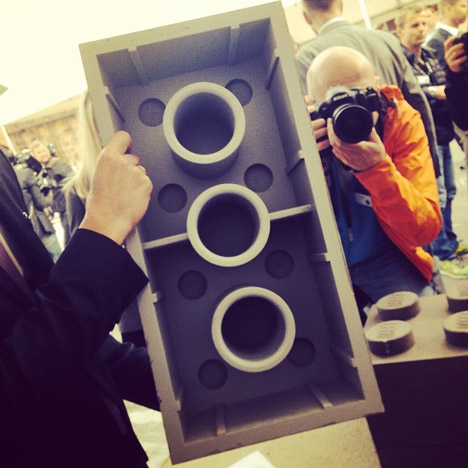
"Lego proportions are the golden ratio of architecture" – Bjarke Ingels
Construction began on the Lego visitor centre in Billund, Denmark, in August. The building was designed by architect Bjarke Ingels, founder of Danish firm BIG, who told Dezeen that Lego bricks provide the ultimate tool for testing architectural ideas.
"Lego proportions are really the golden ratio of architecture," Ingels told Dezeen. "I think for testing ideas quickly it can be quite powerful." Read the full story »
He wasn't the only fan of the plastic building blocks – later in the year Israeli architect Moshe Safdie revealed that he had bought "all the Lego in Montreal" to model his groundbreaking Habitat 67 housing project.
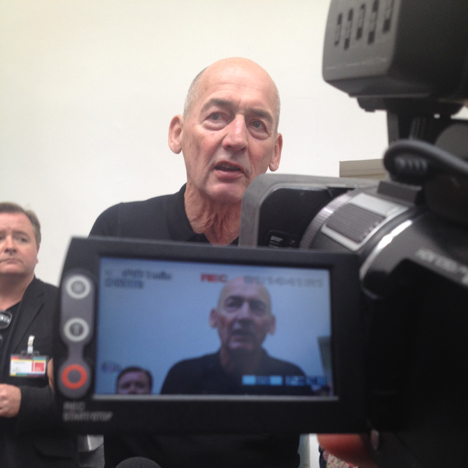
"I wanted to disconnect from contemporary architecture" – Rem Koolhaas
In June, Dutch architect Rem Koolhaas showed the world what he thought of the state of architecture with his Venice Biennale. Called Fundamentals, the biennale set out to "reconstruct how architecture finds itself in its current situation, and speculate on its future," according to Koolhaas.
"It is nothing to do with design," he added, referring to the Elements of Architecture exhibition that formed the centrepiece of the biennale. "Zero. That is one of the pleasures of the exhibition, because just as architecture had been blurring with art it has also been blurring with design. In that sense it's a rare moment of segregation." Read the full story »
Koolhaas' former mentor, Peter Eisenman, said the architect was presenting the Biennale as "la fine [the end]: 'The end of my career, the end of my hegemony, the end of my mythology, the end of everything, the end of architecture'." Read the full story »
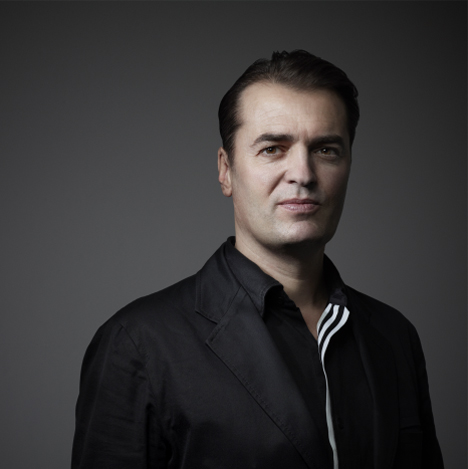
"Stop confusing architecture and art" – Patrik Schumacher
Zaha Hadid's partner and parametric evangelist Patrik Schumacher was less than impressed with the Biennale. A week after Koolhaas revealed his plans to focus on presenting research and the history of architecture, rather than contemporary architecture projects, Schumacher took to Facebook for the first in a series of rants.
He accused the judges of the 2012 Venice Architecture Biennale of being motivated by a "misguided political correctness" and said that architects need to "stop confusing architecture and art". "Architects are in charge of the form of the built environment, not its content," said Schumacher. Read the full story »
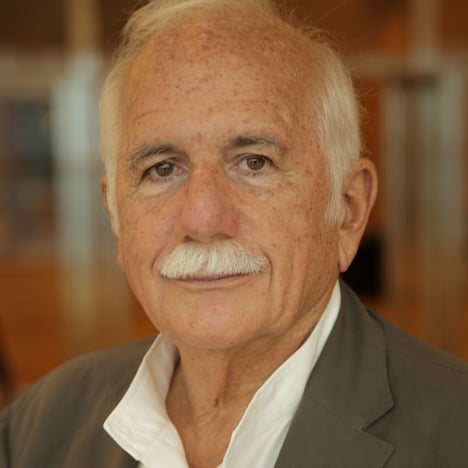
"We are producing urban places which are disjointed and disconnected and not worthy of our civilisation" – Moshe Safdie
Speaking at the World Architecture Festival in Singapore in November, Israeli architect Moshe Safdie warned that the vogue for skyscrapers and the privatisation of public space is creating cities that are "not worthy of our civilisation".
Safdie – designer of Singapore's iconic Marina Bay Sands complex and Montreal's Habitat 67 housing project – said that architects today are obsessed with designing isolated towers leading to disconnected cities where the notion of shared space is being eroded.
"I think that we need reflect that our planning tools are no longer adequate, that the way we have planned in the past is no longer effective," Safdie said in his closing keynote speech. "The profession needs reorientation. I also think that our understanding of what urban design is all about needs reorientation." Read the full story »
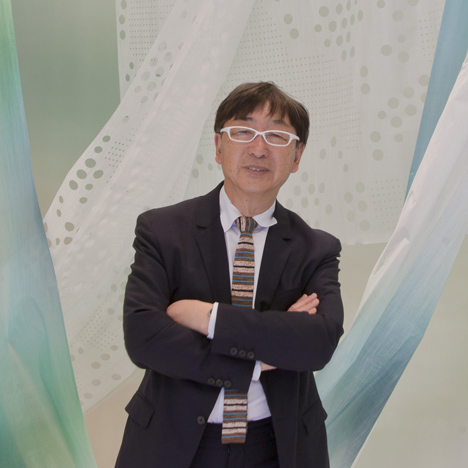
"I think of architecture as a piece of clothing to wrap around human beings" – Toyo Ito
Japanese architect Toyo Ito told Dezeen that, although his buildings may appear quite different in their styles, they are connected by a close relationship with the people that inhabit them.
"A lot of architecture looks more beautiful without human inhabitants. But I have always intended to design architecture to look more beautiful with humans present," said the Pritzker Prize-winner. "When I think about architecture, I think of it as a piece of clothing that must be wrapped around human beings." Read the full story »
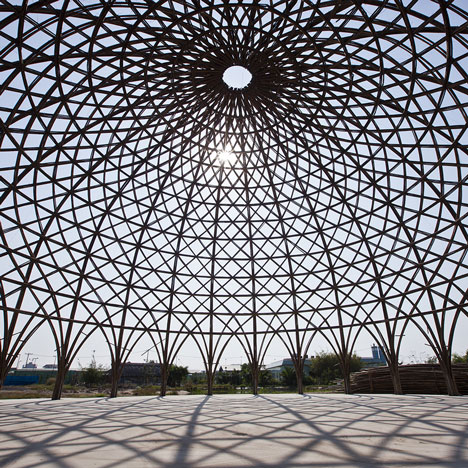
"Bamboo will become the 'green steel' of the 21st century" – Vo Trong Nghia
Vietnamese architect Vo Trong Nghia is designing a series of bamboo pillar structures for his country's pavilion at the Milan Expo 2015. He was one of a number of architects we spoke to earlier this year about a resurgence in the popularity of bamboo as a construction material.
"I think bamboo and laminated bamboo will replace other materials and become the 'green steel' of the 21st century," Nghia told Dezeen.
But despite the wide availability of bamboo, lack of familiarity with the material means architects still need to educate the industry. "There is almost no contractor with experience of bamboo construction. So, in order to realise the space as envisioned, it is essential for us to educate workers and build the construction together," he said. Read the full story »
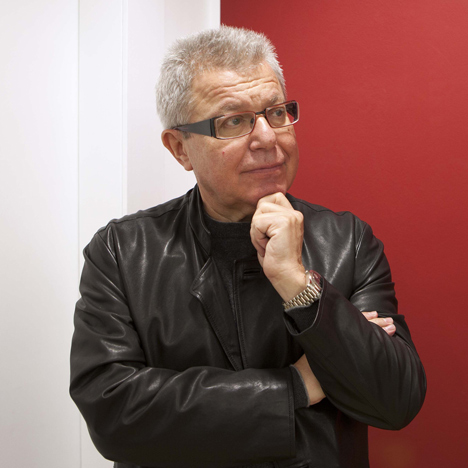
"Architecture is not just for the moment, it is not just for the next fashion magazine" – Daniel Libeskind
At the opening of an exhibition at the Milan furniture fair, architect Daniel Libeskind hit back at his critics, comparing his own work to Beethoven's Fifth Symphony and saying that he doesn't try to be liked.
Libeskind told Dezeen that it takes time for the public to appreciate greatness. "When things are first shown they are difficult. If you read the reviews of Beethoven's Fifth Symphony, it was a failure, a horrible piece of music," he said.
"You have to give it time. Architecture is not just for the moment, it is not just for the next fashion magazine. It's for the twenty, thirty, fifty, one hundred, two hundred years if it's good; that's sustainability." Read the full story »
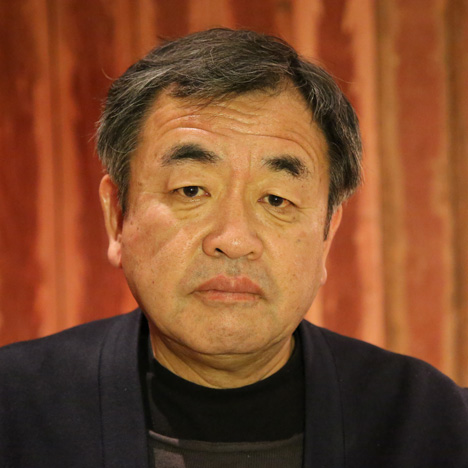
"The criteria for architecture after the tsunami is humbleness" – Kengo Kuma
On the anniversary of the Japanese tsunami of 2011, Japanese architect Kengo Kuma explained how the catastrophe made him rethink his attitude to architecture and called for architects to "be humble".
"The problem of twentieth century society was the arrogance of designers and engineers," he told Dezeen. "Every architect and engineer thought that architecture was much stronger than nature. After the tsunami, we finally found that we were weak in front of the power of nature."
"After the tsunami in March 2011, I changed my definition to nature. The criteria for architecture after the tsunami is humbleness." Read the full story »
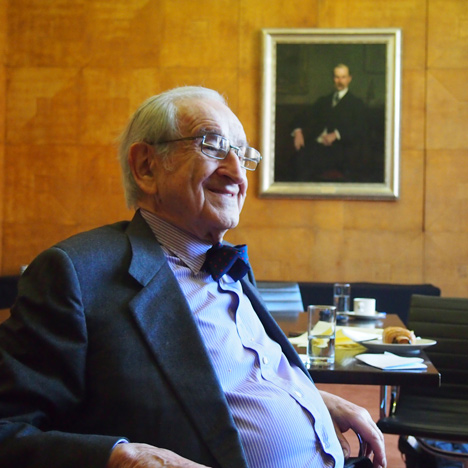
"The price of property in city centres is making it impossible, particularly in the big cities, for any kind of social mix to take place. It's castrating the whole notion of city life" – Joseph Rykwert
Speaking to Dezeen the day before being awarded British architecture's most prestigious award – the RIBA Royal Gold Medal – 87 year-old critic Joseph Rykwert said that rising property prices were causing the "biggest crisis" facing architects and urbanists.
"It's very important that architects understand their own power and that what they do is something which is of enormous impact to society," said Rykwert. "Not that I believe that architecture influences social behaviour directly, but it certainly does so indirectly."
He added that cities did not seem "very happy places". "Extremes of inequality are underlined in the way those kind of cities are built and extremes of inequality always tend to show up in political movements," he said. Read the full story »

"98 per cent of what gets built and designed today is pure shit" – Frank Gehry
Architect Frank Gehry delighted his fans when he responded to questions about criticism of his architectural style by giving an audience of journalists the middle finger.
According to a report in Spanish newspaper El Mundo, a journalist at a press conference asked the architect what his response was to people who accused him of creating architecture for show.
"Let me tell you one thing. In the world we live in, 98 per cent of what gets built and designed today is pure shit," responded Gehry after raising his middle finger. "There's no sense of design nor respect for humanity or anything. They're bad buildings and that's it." Read the full story »